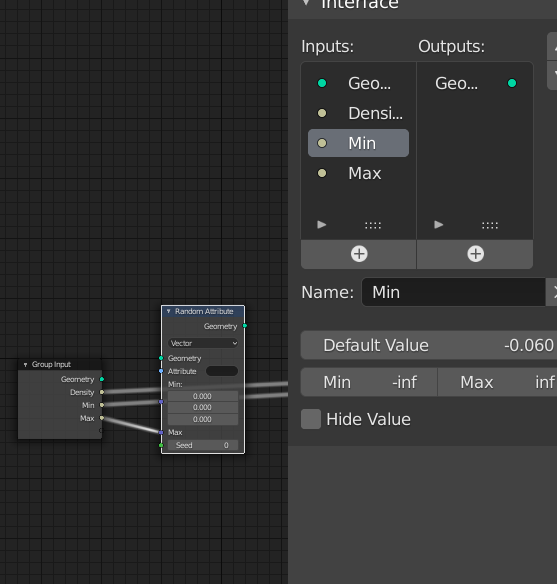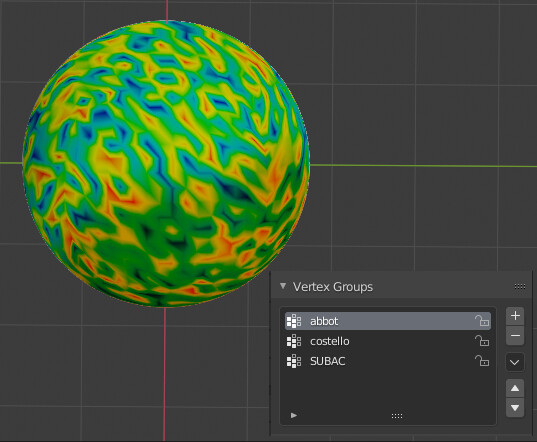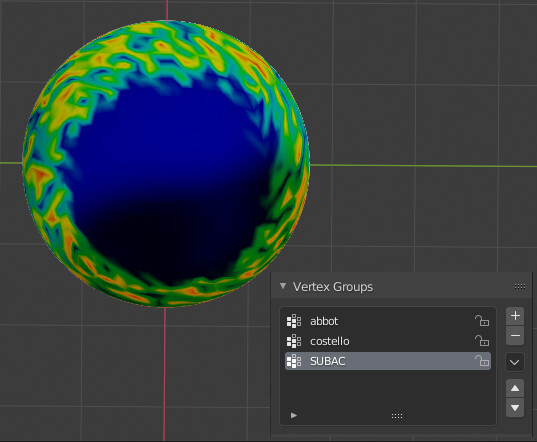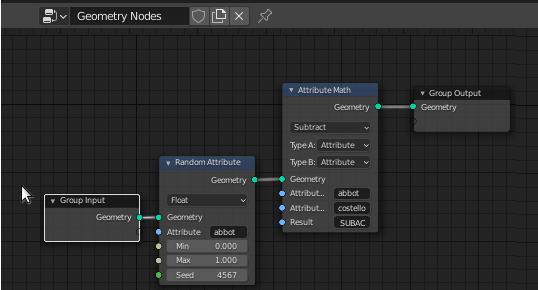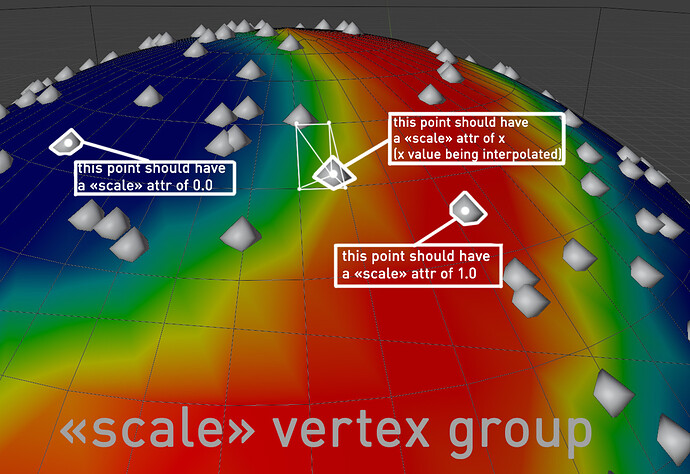You know that´s kind of awful and practically useless in production just because the time lost in that action right? hehe
No need to keep track of their ongoing change, just the initial value or the final value, as it’s done in other packages, and it works very well 
In some situations, if there is no dynamic “setter”, you may be able to change the initial value and that would be the same as the final value, if there is a change down the road you will be able to see/change the initial value and the see the final value, but not change it.
There is no need to track all the intermediate changes, initial/final as much.
I still don’t think it’s so complicated, specially because there are plenty of examples out there 
I’m against the addon option, just because all this is being created right now, and if things can be done right and with options from the beginning, the better, relying in addons is not the best idea, we are at the begining of something important, and you may think about this just for geometry, I’m looking at this as something that will be extrapolable and useful in the future, for particle nodes, function nodes, and many other node based options, not just for geometry nodes, but the foundations are being set now, what is not done now, will be something hard to do the in the future, no matter if it’s possible to do it with an addon.
A good example is the exporter for an external render engine, it can be done as an addon, but it’s pretty hard to achieve Cycles performance, because it has to go through loops of python and there are a ton of things that cannot be parallel, or that simply Blender don’t allow to access through Python, or the API falls short, or many other problems, if the foundations for this tool can be set here and now, the better, it can be a basic functionality as I said, and then, that functionality can be expanded, through patches or through addons, but the functionality has to be there to be expanded, and if it’s C++ it will have a good performance, if it’s python… performance in semi-complex node trees will be not good I’m afraid.


